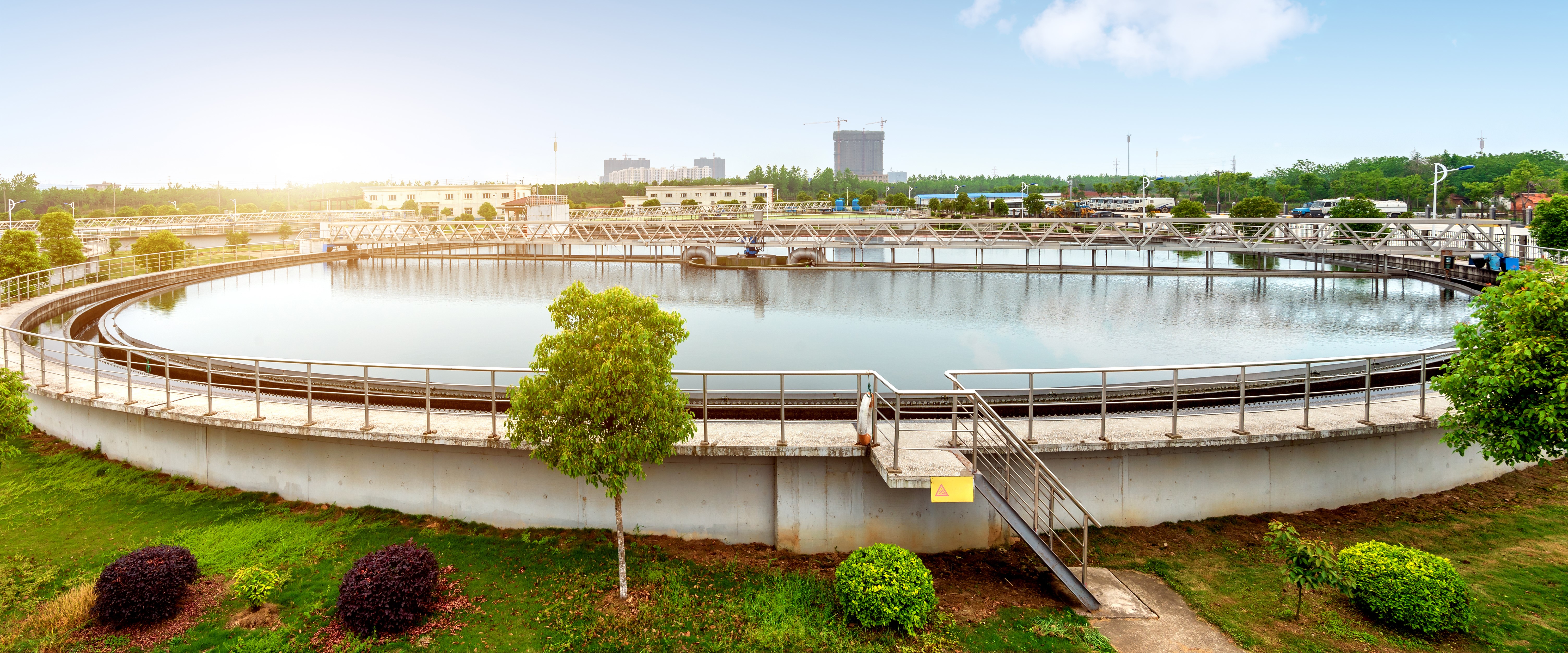

The Chesapeake Bay, the largest estuary in the United States, has faced severe environmental challenges due to excessive nutrient pollution, primarily from nitrogen and phosphorus.
Cox Creek Water Reclamation Facility (WRF), a 15-million-gallon-per- day (MGD) wastewater treatment plant, located in Curtis Bay, MD, and runs along the Chesapeake Bay, processes waste from more than 38,000 homes and businesses in northern Anne Arundel County.
The U.S. Environmental Protection Agency (EPA) established the Chesapeake Bay Total Maximum Daily Load (TMDL) in 2010 to initiate actions to restore clean water in the Chesapeake Bay by reducing nitrogen, phosphorus, and sediment contributions from the region.
With the County growing, leading to increased plant capacity coupled with revised and stringent nutrient discharge limits, this meant the WRF would need to be upgraded to incorporate enhanced nutrient removal in the treatment process to meet the TMDL.
Cox Creek selected ZeeWeed* Membrane Bioreactor (MBR) technology for its enhanced nutrient removal process.
Veolia is a leading MBR supplier with more than eleven municipalities in the Chesapeake Bay region using our technology.
The ZeeWeed 500D solution included influent pumping, course screens, grit removal, primary clarification, 2-mm fine screens, biological treatment, gravity thickener, odor control system, membrane filtration, and sodium hypochlorite disinfection.
The MBR plant has a design capacity of 15 MGD, a flow capacity of 30 MGD, and is rated for a peak hour capacity of 45MGD so a maximum 15MGD of flow must be treated through the biological wet weather flow facility (biologically active ballasted floc) to a minimum of secondary standards as a high flow management approach. Veolia’s BioactifloTM was selected and provided as part of the plant expansion to meet TSS < 30 mg/L, BOD5 < 30 mg/L, and TP < 0.3 mg/L.
Veolia’s patented Bioactiflo process is installed at eight US locations. The pairing of a biological solids contact tank ahead of Veolia’s proven Actiflo® process allows for soluble BOD removal through the system in addition to the exceptional TSS reduction provided by the ballasted clarification process step.
The MBR configuration included 8 membrane trains, with 11 cassettes per train in a single row, with space for 12 cassettes, and 528 modules per train in 48-module cassettes, 4224 modules total.
The design allowed for two parallel process trains, and this offers multiple design benefits including reducing the required membrane area by 33%, reducing membrane tank aeration requirements (number and size of blowers), reducing membrane tank and building footprint by almost 40%, and reducing the energy required to maintain off-line membrane tanks in operation,
The two-phased project began in 2010 and was commissioned in 2018.
结果
The ZeeWeed MBR commissioning allowed Cox Creek to meet the requirements established by the EPA for the Chesapeake Bay Total Maximum Daily Load (TMDL).
The pairing of the MBR technology with Bioactiflo allowed significant cost savings over the life of the project from a capital and operating standpoint by diverting a portion of the peak flow during wet weather events to the Bioactiflo and utilizing the MBR system during normal operating conditions. Application of this high flow management approach resulted in a reduction of membrane area by 33%, reduction in aeration requirements, and reduction of the membrane tank and building footprint by 40%.
Veolia’s first-hand experience and knowledge of the Chesapeake Bay and TMDL requirements combined with our results in delivering large-scale technology solutions positioned Cox Creek to meet their requirements and allow for future expansion, while also maximizing the value proposition to the plant and minimizing total lifecycle cost for the project.
自投入使用以来,该WRF因持续卓越的废水处理表现而多次荣获美国清洁水机构协会(NACWA)颁发的巅峰表现奖。
Veolia has continuous leadership in MBR membrane innovation with our longest-running membranes now more than 13 years of continuous operation.
